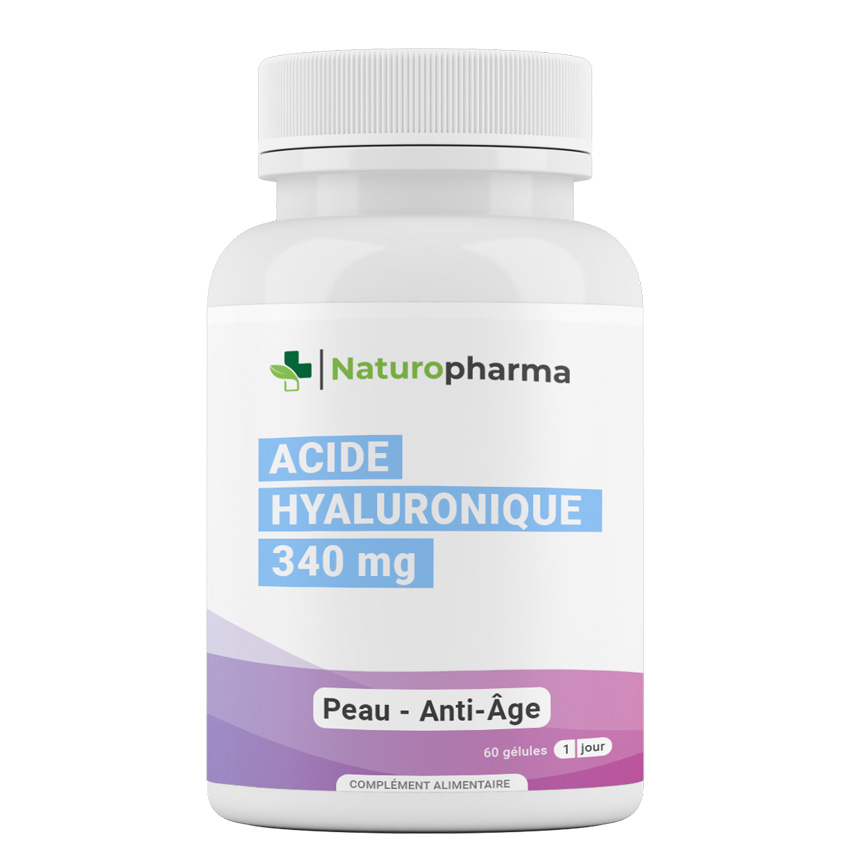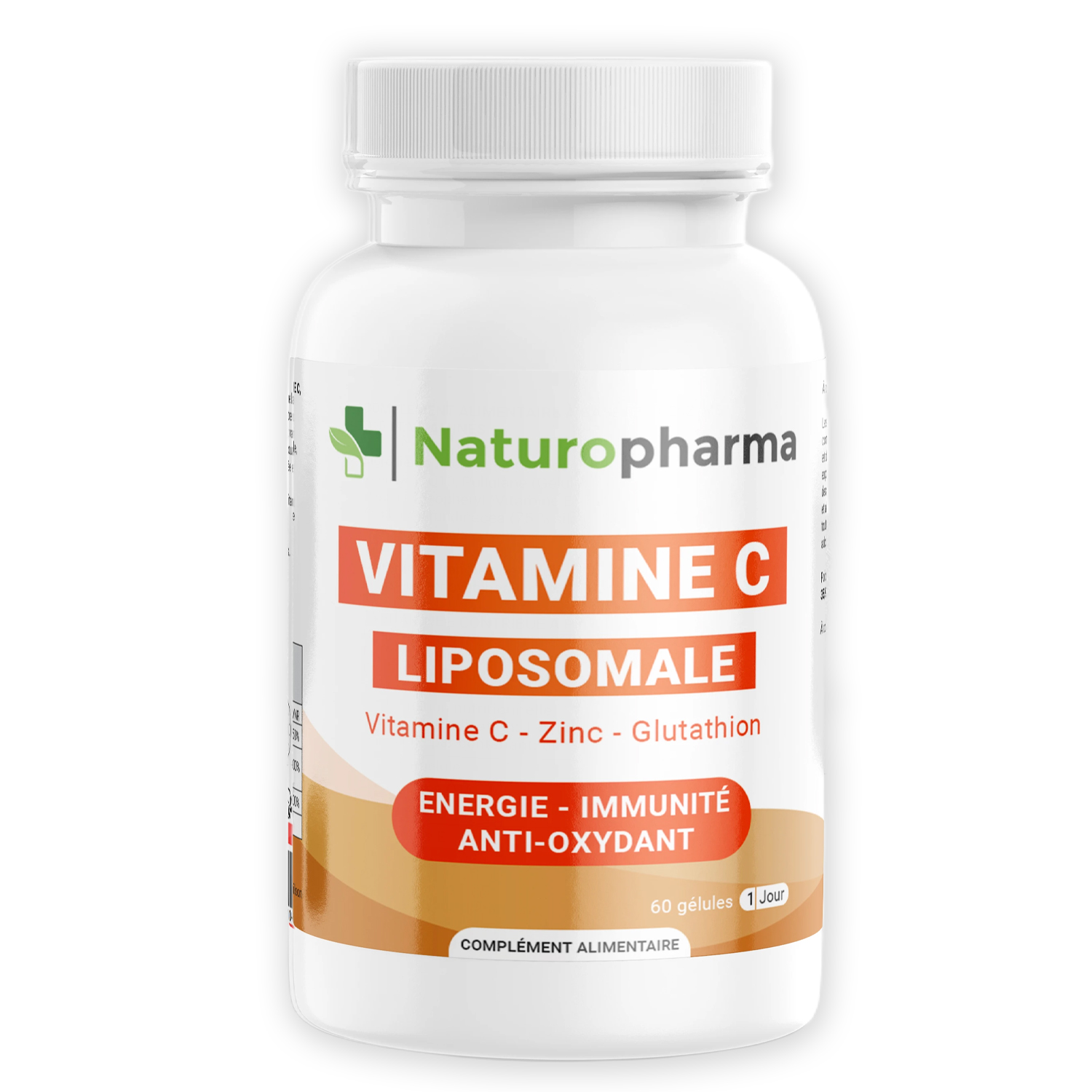Introduction
Kola is a fruit mainly from West Africa, belonging to the Malvaceae family. It is also known as the "cola nut" or "Kola nut". It has been used for centuries for its many therapeutic properties and has become popular worldwide as a dietary supplement. In this article, we'll look at the benefits of kola, its origin and its use as a dietary supplement.
Origin of kola
Kola is native to West Africa and is grown mainly in Nigeria, Ghana and Côte d'Ivoire. It has been used for centuries by local populations as a stimulant and as currency. Kola is also used in traditional medicine in Africa, South America and Asia for its therapeutic properties.
Composition and properties of kola
Kola is made up of several active compounds, including caffeine, theobromine, theophylline, phenols and tannins. These compounds give kola its stimulating and invigorating properties. Kola is also rich in vitamins, minerals and antioxidants, making it a highly nutritious fruit.
The benefits of kola
1. Natural stimulant
The caffeine present in kola makes it an excellent natural stimulant. It helps to improve alertness and concentration, while reducing mental and physical fatigue. This makes it a perfect ally for students and people whose work requires them to remain attentive and focused.
2. Anti-inflammatory and antioxidant
Kola's anti-inflammatory and antioxidant properties are due to the presence of flavonoids and phenols. These compounds help to reduce inflammation and protect cells against damage caused by free radicals.
3. Digestive tonic
Kola is also known for its digestive tonic properties. It helps to stimulate bile production and improve fat digestion. This makes it a natural remedy for treating digestive disorders such as bloating, nausea and upset stomach.
4. Improved blood circulation
Thanks to its caffeine content, kola helps stimulate blood circulation in the body. This can help reduce the risk of cardiovascular diseases such as heart attacks and strokes.
5. Aphrodisiac effect
Kola is renowned for its aphrodisiac properties, which can help improve libido and sexual performance in both men and women. This is due to its ability to stimulate testosterone production in the body.
Use as a food supplement
Kola has been used for centuries as a dietary supplement, mainly for its stimulating and invigorating properties. Today, it is available in many forms on the market, from tablets and capsules to liquid extracts and powders.
Dosage and precautions for use
The recommended dosage for kola as a dietary supplement varies according to the form used and the concentration of the product. It is important to follow the instructions on the label or consult a health professional to determine the appropriate dose. However, it is generally recommended not to exceed 500 mg of kola per day.
It is important to note that kola can have side effects such as insomnia, anxiety and heart palpitations if taken in excess. Taking kola is also not recommended if you are pregnant or breast-feeding, or if you suffer from heart problems or diabetes.
Which food supplements should I choose?
When choosing kola-based food supplements, be sure to check the origin and quality of the product. Opt for organic and certified products to ensure they are free from pesticides and other toxic substances. It is also advisable to choose products with a high concentration of active ingredients and preferably without artificial additives.
Conclusion
In short, kola is a fruit rich in nutrients, vitamins and active compounds. Its many therapeutic properties make it a popular food supplement for improving health and well-being. However, it is important to always consult a health professional before starting kola supplementation, and to adhere to the recommended doses to avoid any undesirable effects.
The information presented in this article is based on scientific studies in French. You can consult the sources used to write this article below.
- Kola nut: A review, by P. Tiwari et al (2013)
Kola nut: A review
- Kola nut: Benefits, uses, and side effects", by Jennifer Berry (2019)
Kola nut: Benefits, uses, and side effects
- Health benefits of kola nut", by C. Chan, Y. Kow and R. Chow (2011)
Health benefits of kola nut
- Phytochemical analysis of extracts of kola nut, carob fruit and wild mango kernels for possible use in functional and therapeutic foods", by F. Ikhuoria et al. (2011)
Phytochemical analysis of extracts of kola nut, carob fruit and wild mango kernels for possible use in functional and therapeutic foods











